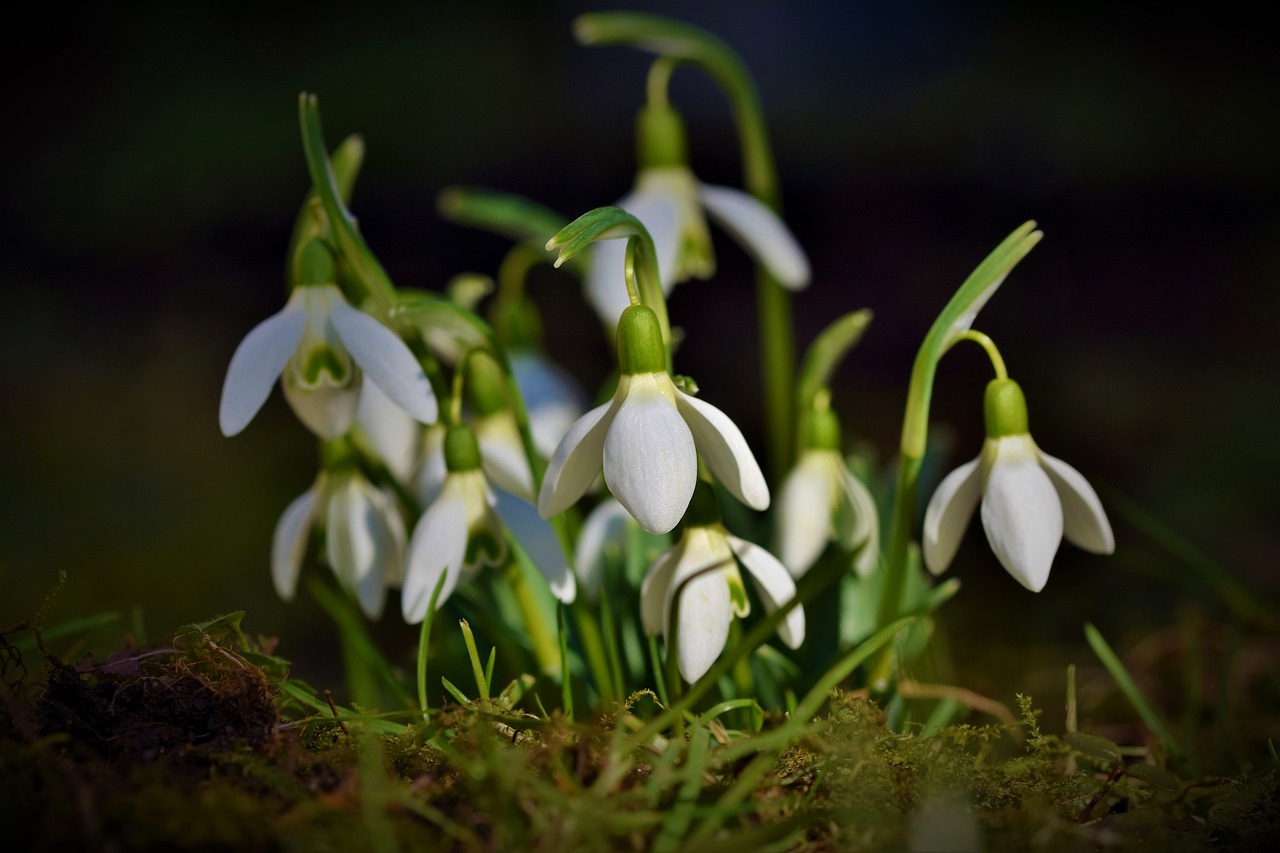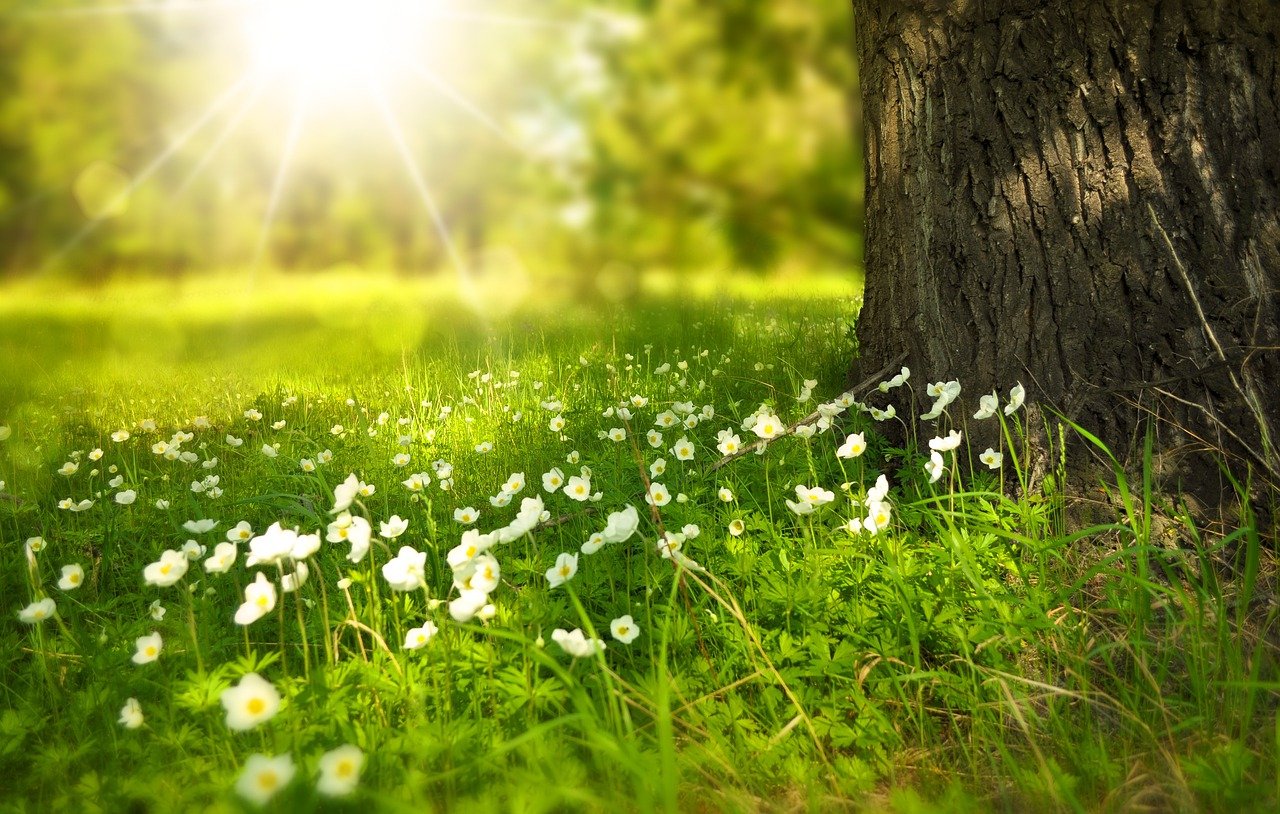You can control the heat and moisture levels more easily indoors or undercover outdoors to provide seeds with the optimum conditions they need for sprouting.
This is particularly important for slow-to-sprout seeds, but in areas with short, cool summers, even fast-growing vegetables, such as sweet corn and bush beans, will benefit if started indoors in plantable peat pots.
The basic needs for starting most kinds of seeds indoors are few:
- Sterilized potting soil
- Milled sphagnum moss, vermiculite, or perlite
- Containers with drainage holes in the bottoms, such as flat, shallow aluminum foil pans, or plastic trays
- Small peat pots (21/2-3-inch diameters)
Mail-order firms also sell many kinds of devices to make seed starting easier. These include miniature greenhouses, compressed peat moss cylinders that expand when soaked in water, and pre-planted kits.

Damping-off diseases that kill seedlings as they sprout or shortly afterward can be a serious problem. Avoid this difficulty by sprouting seeds in a sterile medium, such as vermiculite, perlite, milled sphagnum moss, or a sterilized commercial planting mixture.
Vermiculite and perlite tend to retain moisture and are best used as a covering for seeds to keep them from drying out. Sphagnum moss (not the same as sphagnum peat moss) is best used as the actual growing medium because it contains a natural inhibitor that discourages the growth of bacteria and fungi.
If you can’t buy or mail order bags of sphagnum moss in the milled or pulverized form, you can grind up the rope-like “green moss.”
Sphagnum moss often comes dried and must be thoroughly moistened before use. The easiest method is to place a quart of moss in a plastic bag and add a cup or two of water. Squeeze the bag to make the moss accept water and knead it until the moisture is evenly distributed.
Fill seed-starting flats or pans with moistened moss or sterilized potting soil 1/2 inch from the top and firm it level. Scatter the seeds thinly and cover lightly with moistened moss, perlite, or vermiculite. Sprinkle the seeds lightly each day until they sprout. If you cover the pan with plastic film after a thorough moistening, you won’t have to water again until the seeds sprout.
Keep the pan out of direct sunlight.
When the first sprouts appear, remove the film and set the pan beside a sunny window. If nights become very cold, however, move the containers away from the glass. When the second pair of leaves open, it’s time to transplant the seedlings.
After they have adjusted to larger containers by showing new growth, you can begin to expose them to outdoor temperatures when it’s sunny and nights are mild.
Sowing seeds directly in peat pots prevents giving small seedlings a transplant shock. Cucumbers, squash, and melons are particularly set back by transplanting; this defeats the purpose of giving them an early start.

The peat pot allows you to place the entire plant and pot into the soil as soon as the roots penetrate the containers. Start such large, fast-sprouting seeds in peat pots only three to four weeks before outdoor planting time.
Before setting the plants in peat pots out in the garden, thoroughly soak the pots until they are dark brown and soft. If they are sent into the earth while dry, it is hard to soak them by water, and the roots cannot penetrate the pot walls.
Be wary of starting your seeds too early, a common problem in starting them indoors. Ordinarily, 8 to 12 weeks before the average date of the last killing frost in the spring is soon enough.
Seeds planted too early have to cope with short, gloomy days, frigid nights, and extremely dry air inside heated homes. And if you are successful in sprouting and growing a number of varieties, you’re faced with the problem of what to do with dozens of plants if it’s too cold to set them outside.
With proper timing, started plants can be transplanted into peat pots and set out for two to three weeks prior to the frost-free date.






